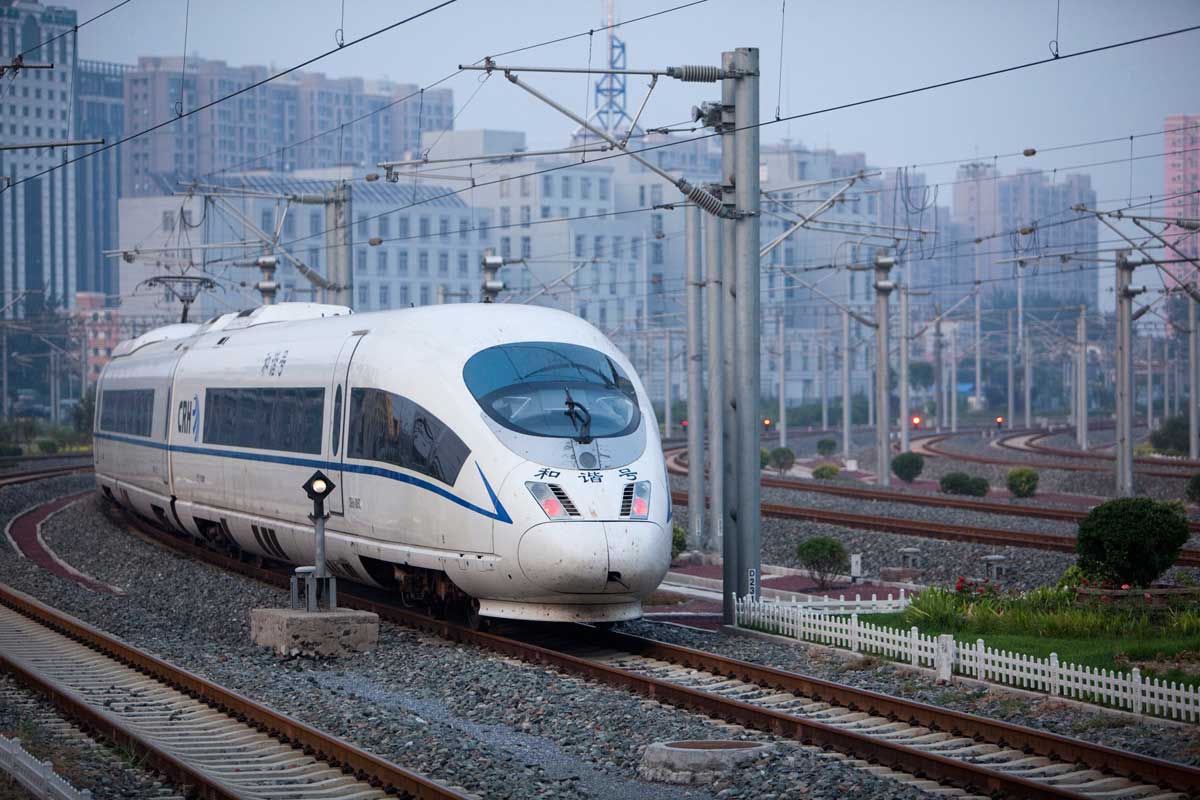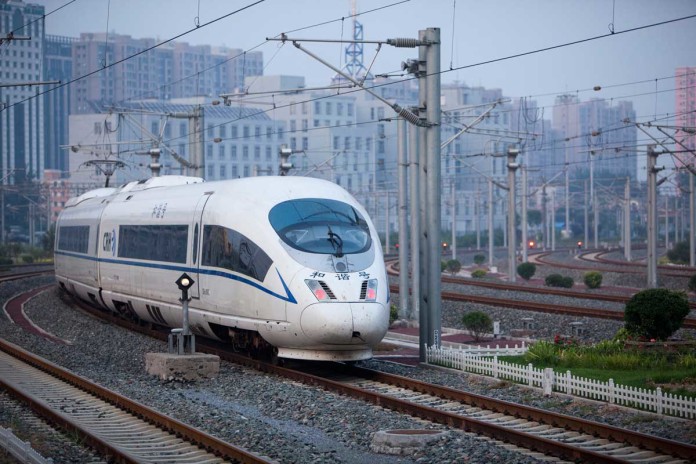LHASA, China – The total length of the highways has increased by 33 per cent in the past decade and is expected to reach 89,000 kilometres.
More than 20 new highways will be built in the Tibet autonomous region next year, with a total investment of more than 33 billion yuan (S$6.8 billion), according to a senior transportation official.
Part of the plans are new routes from Lhasa to Nakqu, Dege to Qamdo, Qamdo to Jaka, Lhasa to Xigaze Airport, and Gongkar Airport to Tsethang as well as the Nyima-Aso section of National Highway 317.
Ge Yutao, head of the regional transportation authority, said more than 54 billion yuan in state funds and loans were used to develop Tibet’s transport infrastructure this year.
“The total length of the roads has reached 82,000 kilometres (km), and it’s expected to reach 89,000 km next year,” he said last week during the ninth regional Party congress.
“Next year, we will finish constructing 864 km of highways and 5,500 km of rural roads and reconstruct 4,310 km of national and provincial trunk highways,” he revealed.
The authority said the region aims to spend 15 billion yuan in state funding and 40 billion yuan in bank loans next year for improving Tibet’s transportation network.
Wu Yingjie, the autonomous region’s party chief, highlighted planned improvements to road, rail and aviation networks over the next five years when delivering a congress work report on November 15.
Tibet will speed up the construction of its second ‘Sky Road’, the Sichuan-Tibet Railway, during the 13th Five-Year Plan (2016-2020) period, according to the work report.
Stretching 1,838 km, the railway will run from Chengdu, capital of Sichuan Province, to Lhasa, the capital of Tibet.
It comes after the first ‘Sky Road’, the Qinghai-Tibet Railway, went into full service in 2006.
Construction of the new line’s first section, from Chengdu to Ya’an, began in 2014, while the second section, from Lhasa to Nyingchi, began construction in 2014.
“The section within Tibet is expected to be finished by 2020,” Wu said, adding that preliminary work on the Yunnan-Tibet railway and flights between Ngari and Purung in the region’s Ngari prefecture will get underway in the next five years.
Tibet has plans to build airports in densely populated and developed cities and prefectures, according to the work report.
“The progress of an elaborate transportation system of highways, railways and air routes in the coming years will lay a foundation for Tibet to blend in with the Belt and Road Initiative,” Wu said, referring to China’s plan to improve global connectivity.
The report said Tibet has witnessed rapid development in transportation infrastructure in the past five years, with the total length of the highways increasing by 33 per cent.
In that time, the 300-km-long Lhasa-Nyingchi Highway was completed, the Qinghai-Tibet Railway was expanded, and the Lhasa-Xigaze Railway went fully operational.
Xu Ance, an engineer with the Qinghai-Tibet Railway Co, said the line has led to a boom in the region’s socioeconomic development.
“Over the past 10 years, the number of tourists visiting Tibet has increased every year, while the flow of passengers and cargo has grown annually, too,” Xu said, adding that the line has made it far more convenient to transport basic goods, coal, cement and construction materials.






